Maize
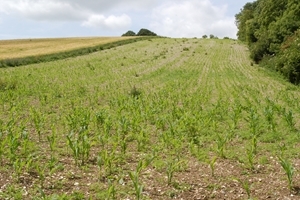 Advantages
Advantages
- A wonderfully reliable crop for holding game and allows excellent control of broad-leaved weeds, so can be useful in a cover crop rotation.
Disadvantages
- Can attract rats and badgers.
- It is not funded within Stewardship and does not offer food for smaller birds.
- Can only reliably be grown as far north as the Scottish borders, depending on the variety.
Growing
Drill at 20-30-inch rows. Plant seed at 2-3 inches deep. Plant in May at about 45,000 seeds per acre.
Sorghum/dwarf grain sorghum
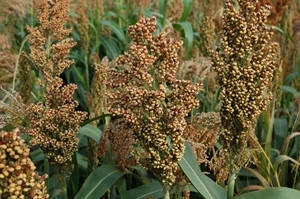 Advantages
Advantages
- Similar to maize so can be kept clear of broad-leaved weeds.
- Does not have cobs, so unattractive to rats.
- Some varieties of dwarf sorghum produce seed heads and can be used in Stewardship mixes but do not count towards one of the three crop types needed and they stand well throughout the winter.
Disadvantages
- Most varieties have no feed value, so hopper feeding will be required.
- Does not like the cold, wet summers.
Growing
Drill at 22lbs an acre in May or June. Different varieties vary widely, so take advice.
Millet
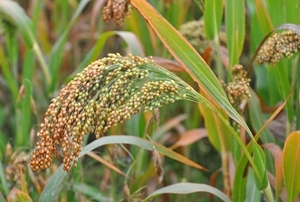 Advantages
Advantages
- A fantastic addition to any cover crop mix as gamebirds and small birds love the seed.
- Red millet ripens and sheds seed first, so is good for partridge cover.
- White millet seed lasts in the head much longer and can still be available to eat in January.
Disadvantages
- Does not like heavy, wet soils.
Growing
Drill 11lbs an acre of seed, at around half an inch deep in May or June.
Kale
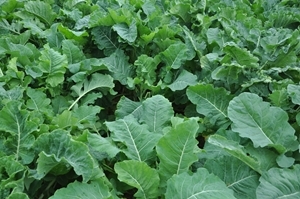 Advantages
Advantages
- This crop, grown well, is the king of game cover crops – especially if it is left into a second year.
- It provides warm cover, is very hardy and produces stacks of small seeds that many birds love to eat.
- Great to include in a mix.
- Economic as it lasts for two years.
Disadvantages
- It can be difficult to establish.
Growing
Drill or broadcast (treated seed must be drilled) from April to mid-June depending on conditions. Rate of seed varies from 3-5lbs an acre depending on whether it’s drilled/broadcast or included in a mix.
Triticale
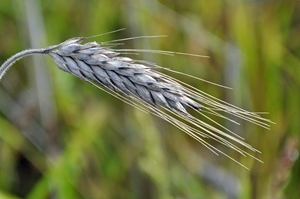 Advantages
Advantages
- A hybrid wheat/rye crop which stands right through the winter – only heavy snow knocks it over.
- It grows well on poor ground and does not need much nutrient to thrive.
- Excellent to use in a mix.
- Rabbits, hares and deer don’t like to eat it when it is growing.
- Offers a good food supply well into the new year for a wide range of birds.
Disadvantages
- It can attract rats, rooks and pigeons.
Growing
Drill winter varieties in the autumn and spring varieties from March to the end of May. Check seed rate with supplier as it varies depending on a number of factors.
Quinoa
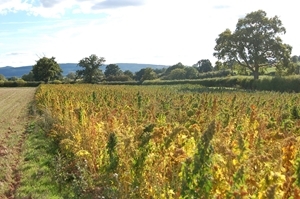 Advantages
Advantages
- Easy to grow and ideal to plant as part of a mix.
Disadvantages
- Does not offer much cover and little remains of the crop by January.
Growing
Drill or broadcast at around 3.5lbs an acre from April through to June.
Sunflowers
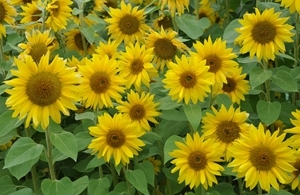 Advantages
Advantages
- Offers a wonderful sight though until the autumn and produces stacks of seed, which game and small birds love to eat.
- Use as part of a mix. Consider the dwarf, multi-headed varieties.
Disadvantages
- Does not offer much cover, so should be included with other crops that provide warmth.
Growing
Can be sown in May and June, once soils have warmed up sufficiently. Sowing rate depends on variety and what it is mixed with – talk to the supplier.
Fodder radish
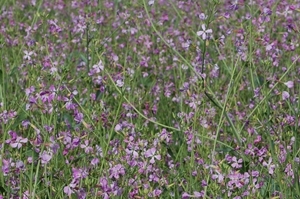 Advantages
Advantages
- A fast-growing brassica, which is ideal to include within a mix.
- The pods are slow to ripen, so seeds are not eaten until late in the year when many other seeds have gone.
- The seed is loved by many bird species.
Disadvantages
- Can become too much of a good thing if too high a seed rate is used, dominating other species in the mix and collapsing into a soggy mess.
Growing
Easy to grow, but check seed rate with supplier as the sowing rate will vary depending on the other crops you are mixing it with.
*You may change your mind any time. For more information, see our Privacy Policy.